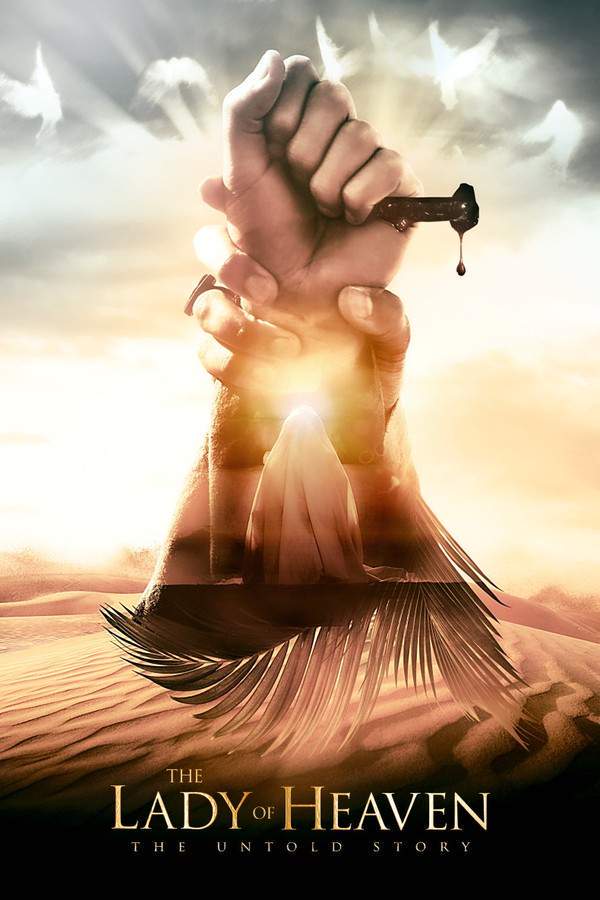
The Message
Year: 1976
Runtime: 206 mins
Language: Arabic
Director: Moustapha Akkad
Set in sixth‑century Mecca, the film follows Prophet Muhammad as he receives his first divine revelation and, three years later, publicly declares his mission as God’s messenger. He confronts opposition from Meccan rulers Abu Sufyan and his wife Hind, as his early followers endure hunting, torture and exile, yet remain steadfast to Islam.
Warning: spoilers below!
Haven’t seen The Message yet? This summary contains major spoilers. Bookmark the page, watch the movie, and come back for the full breakdown. If you're ready, scroll on and relive the story!
Timeline – The Message (1976)
Trace every key event in The Message (1976) with our detailed, chronological timeline. Perfect for unpacking nonlinear stories, spotting hidden connections, and understanding how each scene builds toward the film’s climax. Whether you're revisiting or decoding for the first time, this timeline gives you the full picture.
Last Updated: October 09, 2025 at 12:33
Unlock the Full Story of The Message
Don't stop at just watching — explore The Message in full detail. From the complete plot summary and scene-by-scene timeline to character breakdowns, thematic analysis, and a deep dive into the ending — every page helps you truly understand what The Message is all about. Plus, discover what's next after the movie.
The Message Summary
Read a complete plot summary of The Message, including all key story points, character arcs, and turning points. This in-depth recap is ideal for understanding the narrative structure or reviewing what happened in the movie.

Similar Movies to The Message
Discover movies like The Message that share similar genres, themes, and storytelling elements. Whether you’re drawn to the atmosphere, character arcs, or plot structure, these curated recommendations will help you explore more films you’ll love.
Explore More About Movie The Message
The Message (1976) Plot Summary & Movie Recap
The Message (1976) Scene-by-Scene Movie Timeline
The Message (1976) Spoiler-Free Summary & Key Flow
Movies Like The Message – Similar Titles You’ll Enjoy
Exodus: Gods and Kings (2014) Story Summary & Characters
The Lady of Heaven (2021) Plot Summary & Ending Explained
Muhammad: The Last Prophet (2004) Complete Plot Breakdown
Lion of the Desert (1980) Full Summary & Key Details
The Assassins (1000) Full Summary & Key Details
The King of Kings (1927) Plot Summary & Ending Explained
Saladin the Victorious (1963) Full Summary & Key Details
King Richard and the Crusaders (1954) Plot Summary & Ending Explained
The Garden of Allah (1936) Movie Recap & Themes
Journey to Mecca (2009) Ending Explained & Film Insights
The Crusades (1935) Ending Explained & Film Insights
The Ten Commandments (1956) Plot Summary & Ending Explained
The Message (1976) Full Movie Breakdown
A Message to the Governor (1998) Movie Recap & Themes
Dawn of Islam (1971) Detailed Story Recap

















